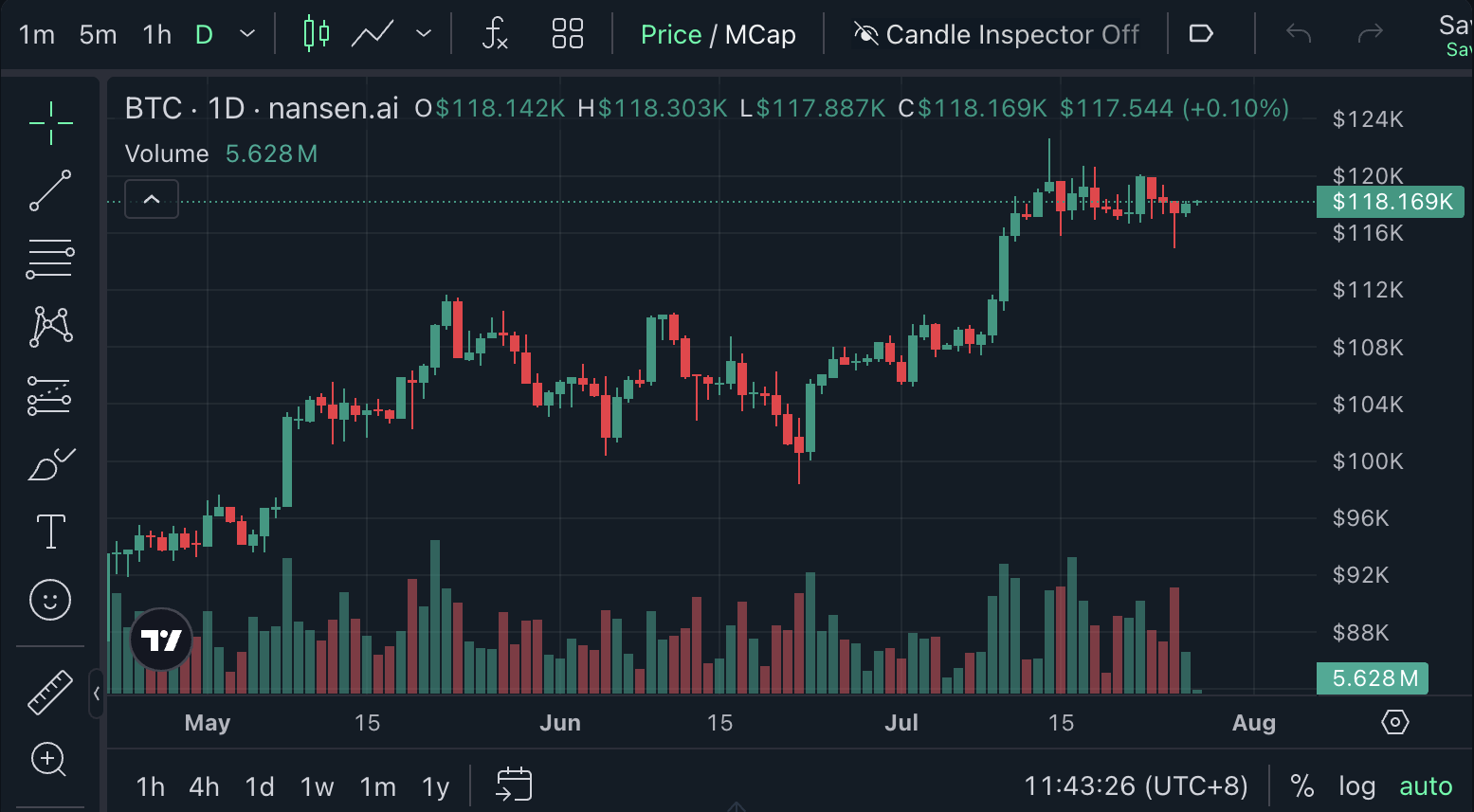Bitcoin’s price is expected to see significant growth in 2026, breaking from the traditional four-year halving cycle, driven by increasing institutional adoption and clearer regulations, according to Bitwise CIO Matt Hougan.
-
Bitwise executive Matt Hougan predicts a “sustained steady boom” for Bitcoin beyond 2025, challenging the classic halving cycle theory.
-
Improved regulatory clarity and institutional interest reduce downside risks and support long-term price appreciation.
-
Bitcoin currently trades at $118,169, up over 10% in 30 days, signaling strong market momentum.
Bitcoin price outlook 2026 highlights sustained growth potential amid regulatory clarity and institutional adoption. Discover expert insights and market trends now.
Why Bitwise CIO Believes Bitcoin’s Four-Year Cycle Is Over
Matt Hougan, Bitwise’s chief investment officer, argues that Bitcoin’s traditional four-year halving cycle is no longer the primary driver of price movements. He cites the halving’s diminishing impact every four years and a favorable interest rate environment as key factors. Hougan emphasizes that regulatory improvements and institutionalization have lowered the risk of sharp price corrections, positioning Bitcoin for extended upside beyond 2025.
How Regulatory Clarity and Institutional Adoption Support Bitcoin’s Growth
According to Hougan, ongoing regulatory developments provide a safer environment for investors, reducing “blow-up risk.” Institutional adoption is still in early stages, offering significant growth potential. This combination is expected to create a “good few years” for Bitcoin, with 2026 marking an important uptrend year. Asset manager VanEck also warns that Bitcoin treasury companies could face risks if prices fall, highlighting the evolving market dynamics.

Bitcoin is trading at $118,169 at the time of publication. Source: Nansen
What Is the Expected Bitcoin Price Trend in the Short Term?
Hougan forecasts a “sustained steady boom” rather than a rapid super-cycle rally in Bitcoin’s price. He acknowledges potential volatility but remains optimistic about gradual price appreciation. This view aligns with CryptoQuant CEO Ki Young Ju’s recent statement that the four-year cycle theory is obsolete, noting a shift in whale accumulation patterns and stronger institutional involvement.
Are There Contrasting Views on Bitcoin’s Cycle?
While some experts like Hougan and Ju see a departure from historical cycles, others such as crypto analyst Rekt Capital caution that Bitcoin’s price peak could still follow the 2020 pattern, potentially peaking around October 2025. This divergence highlights ongoing debate about Bitcoin’s market behavior amid evolving macroeconomic and regulatory factors.
| Bitcoin Price Metric | Current Value | Historical Comparison |
|---|---|---|
| Price (USD) | $118,169 | Up 10.17% in 30 days |
| Halving Cycle Impact | Decreasing | Less influential than prior cycles |
| Institutional Adoption | Early Stage | Growing steadily |
What Are the Risks to Bitcoin’s Price Outlook?
One key risk identified is the rise of Bitcoin treasury companies that accumulate Bitcoin through debt or stock issuance. These firms may be vulnerable to price drops, potentially triggering market stress. Hougan and VanEck highlight this as a significant cyclical risk amid the broader positive outlook.
How Could Interest Rates Influence Bitcoin’s Future?
Lower interest rates, pressured by political factors, could make traditional investments less attractive, indirectly benefiting Bitcoin. Hougan notes that this macroeconomic environment supports crypto’s appeal as an alternative asset, contributing to the predicted price growth in 2026 and beyond.
Frequently Asked Questions
What factors are driving Bitcoin’s price beyond the halving cycle?
Regulatory improvements and growing institutional adoption are key drivers that reduce volatility and support sustained Bitcoin price growth beyond traditional halving cycles.
How does institutional adoption affect Bitcoin’s market cycle?
Institutional adoption introduces more stability and long-term investment, changing the dynamics from retail-driven cycles to sustained growth supported by professional investors.
Key Takeaways
- Four-year halving cycle is less influential: Bitcoin’s price dynamics are evolving beyond traditional patterns.
- Regulatory clarity reduces risk: Improved rules and oversight support investor confidence.
- Institutional adoption fuels growth: Professional investors are driving sustained demand.
Conclusion
Bitcoin’s price outlook for 2026 suggests a departure from historical four-year cycles, with regulatory clarity and institutional adoption as key growth drivers. While volatility remains, experts like Bitwise CIO Matt Hougan foresee a sustained, steady boom rather than a rapid super-cycle. This evolving landscape signals promising opportunities for investors and highlights the maturing crypto market’s resilience.
